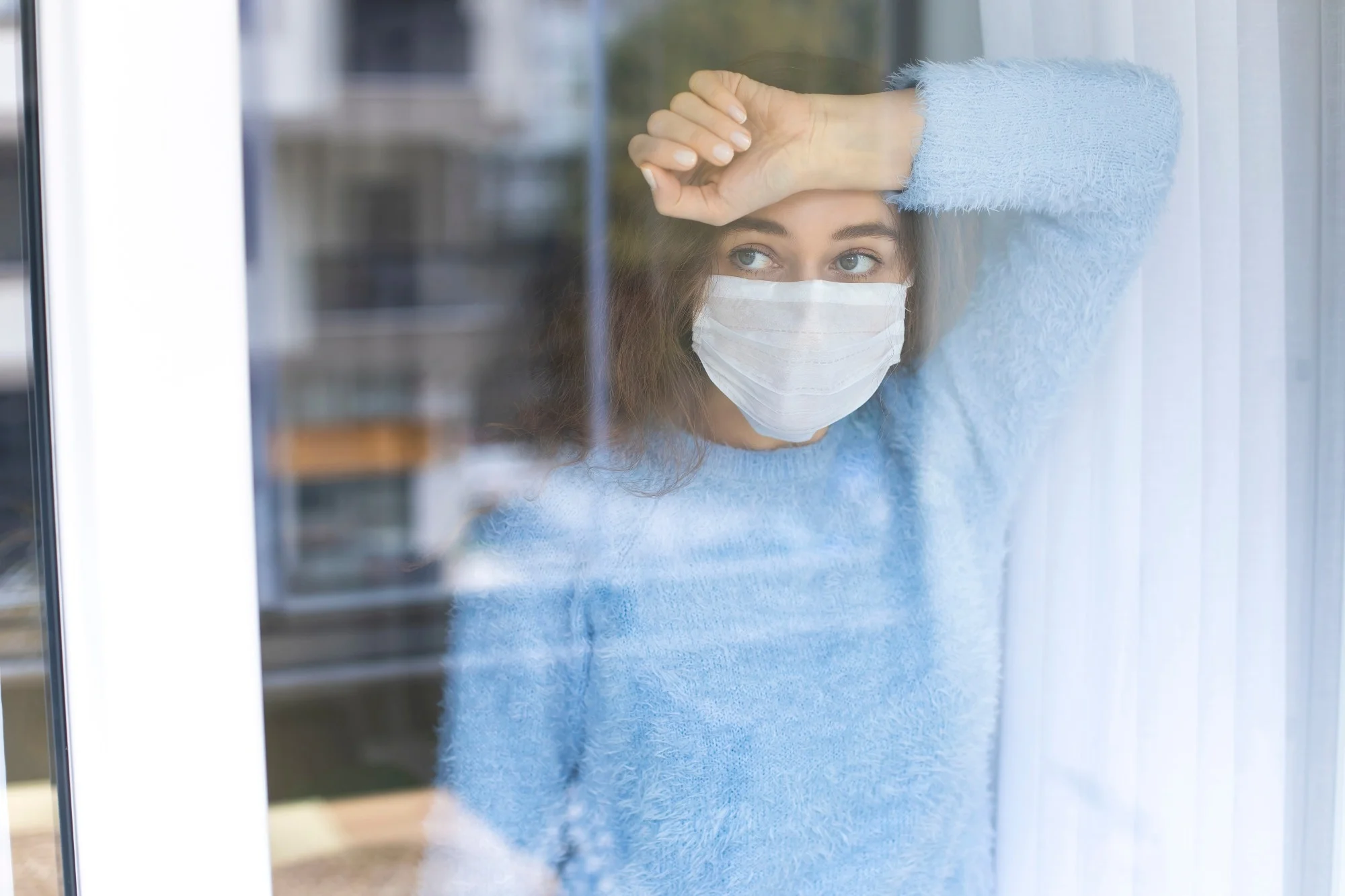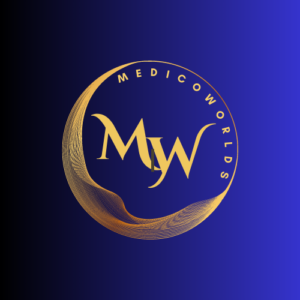Introduction:
The eating disorder after COVID has brought unprecedented challenges to our lives, affecting various aspects of our well-being. Among the distressing consequences is the alarming rise in body dissatisfaction and eating disorders among teenagers. In this blog post, we will be exploring the factors behind this troubling trend and highlighting the importance of addressing these issues to support adolescent mental health.

The Doubling of Body Dissatisfaction and Eating Disorders:
The article reveals that the prevalence of body dissatisfaction and eating disorders has doubled among teenagers during the COVID-19 pandemic. The combination of factors such as increased isolation, disrupted routines, elevated stress levels, and amplified exposure to social media has contributed to a fertile environment for the development or exacerbation of these mental health concerns.
The Influence of Social Media and Unrealistic Standards:
Social media plays a significant role in shaping body dissatisfaction among teenagers. The constant exposure to carefully curated images and idealized beauty standards can lead to negative body image and a distorted sense of self-worth. The pandemic-induced increase in screen time has intensified these influences, exacerbating the issue further.
The Impact of the Pandemic on Teen Mental Health:
The pandemic has disrupted the lives of teenagers, causing profound impacts on their mental health. The sudden disruption of routines, limited social interactions, increased anxiety, and limited access to traditional support systems have contributed to heightened vulnerability among this demographic.

Addressing the Issue:
To address the rise of body dissatisfaction and eating disorders among teenagers. It is crucial to implement effective measures and support systems. Here are some key strategies:
- Education and Awareness: Prioritize comprehensive education and awareness campaigns that promote body positivity, self-acceptance, and mental health literacy among teenagers, parents, and educators.
- Open Dialogue and Support: Foster open communication channels that encourage teenagers to express their concerns and seek support without fear of judgment. Create safe spaces for discussions about body image, self-esteem, and mental well-being.
- Accessible Mental Health Services: Facilitate access to mental health professionals with expertise in addressing eating disorders and body image concerns. Utilize telehealth platforms to provide convenient and confidential support to teenagers in need.
- Media Literacy and Critical Thinking: Promote media literacy skills among teenagers, encouraging them to critically evaluate. And challenge societal beauty standards propagated by traditional and social media. Teach them to curate their online feeds with positive and diverse influences.
- Cultivate Resilience and Coping Strategies: Equip teenagers with healthy coping mechanisms and resilience-building strategies to navigate stress and manage negative emotions constructively. Encourage activities such as mindfulness, physical exercise, and creative outlets.
- Strengthen Support Networks: Foster strong support networks within families, schools, and communities. Encourage connectedness and provide opportunities for teenagers to engage in activities that promote a sense of belonging and support.
Conclusion:
The surge in body dissatisfaction and eating disorder after the COVID pandemic is a deeply concerning issue that demands urgent attention. By raising awareness, promoting media literacy, fostering open dialogue, and providing accessible mental health services. We can support teenagers in developing a healthy body image, improving self-esteem, and navigating the challenges they face. It is essential to prioritize adolescent mental health, ensuring they receive the necessary support. And resources to thrive during and beyond these challenging times.Source By-https://en.wikipedia.org/wiki/Eating_disorder



